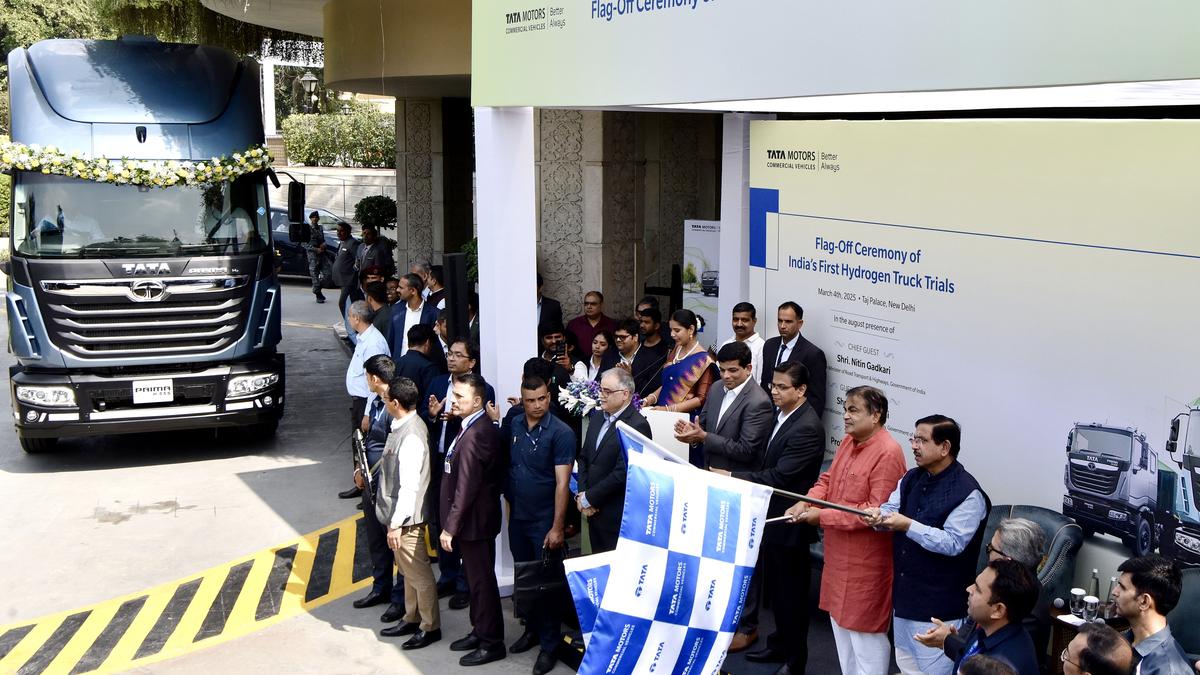Gross block formation by India Inc’s top companies in the Nifty 50 index declined by 20.7 per cent to Rs 5.89 trillion in FY24 as against Rs 7.43 trillion reported by these companies (excluding finance) in FY23, according to the annual reports submitted by them to the stock exchanges.
Gross block formation is the value, depreciation included, of a company’s assets.
Combined gross block formation and capital work in progress are down mainly because Reliance Industries Ltd (RIL), India’s largest company by value, reduced its consolidated capex in FY24 to Rs 1.39 trillion from Rs 2.45 trillion reported in FY23, according to numbers reported in RIL’s annual report. Excluding RIL, gross block formation remained almost flat for the rest of the Nifty 50 companies.
But despite cutting gross block formation, RIL topped the list in this respect in FY24. It was followed by government-owned oil producer ONGC at Rs 68,418 crore. Aditya Birla group’s holding company Grasim’s gross block formation was Rs 46,612 crore and state-run NTPC’s Rs 43,614 crore.

In April this year, the company marked a historic milestone of 150+ MTPA production capacity. This capacity surpasses 150 per cent of the capacity in the United States and constitutes 80 per cent of Europe’s,” group head Kumar Mangalam Birla told shareholders on Wednesday.
UltraTech Cement plans Rs 32,400 crore (nearly $4 billion) as capital expenditure over the next three years.
For the past few years, the investment scene in India has been dominated by the government’s record-high capital expenditure. But private investment in manufacturing has remained muted. Weak domestic consumption, tepid external demand, and a flood of cheap Chinese imports have made Indian companies cautious about expanding their manufacturing capacity.
India Inc leaders have said they are waiting for consumption to rise before they spend on creating new capacity.
According to the Reserve Bank of India (RBI), capacity utilisation in the manufacturing sector at 76.8 per cent in the March quarter of FY24 — the highest in 11 years.
The healthy balance sheets of banks and companies; a thrust on capex by the government; and visible signs of pickup in private investment would drive fixed investment in future, according to the RBI’s monetary policy statement of August 8.
For the coming years, Indian conglomerates, led by the Tata and the Adani groups, have announced big investment plans.
The Tata group has announced plans to invest $120 billion (Rs 10 trillion) across its companies, including in its airline business.
The Adani group has unveiled a $100 billion (Rs 8.39 trillion) investment plan over the next decade, primarily targeting new airports, ports, and green-energy projects. Adani officials have said they have made arrangements for funding of the expansion plan for the next few years based on their projections.
RIL is set to invest $60 billion (Rs 5.03 trillion) over the next decade, according to estimates by Morgan Stanley.
In June, the JSW group increased its investment target to $70 billion (Rs 5.87 trillion), focusing on new ports, steel, and infrastructure projects by 2030.
“The company’s capex during the June quarter was Rs 4,466 crore and Rs 228 crore on upfront payment for mining. We expect a consolidated capex for FY25 to be about Rs 20,000 crore,” Joint Managing Director and Chief Executive Officer Jayant Acharya said after the June-quarter results.
With inputs from Sameer Mulgaonkar
First Published: Aug 16 2024 | 5:36 PM IST









![Best Weight Loss Supplements [2022-23] New Reports!](https://technologytangle.com/wp-content/uploads/2022/12/p1-1170962-1670840878.png)




